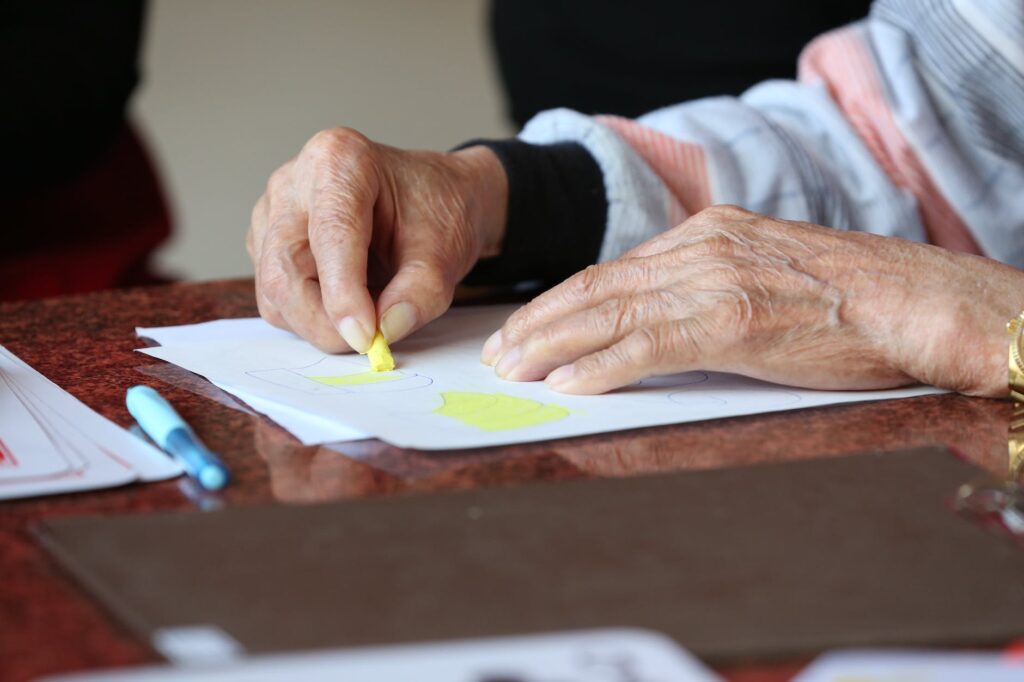
Introduction
Rheumatoid arthritis (RA) is a chronic disease that causes inflammation of the joints, muscles and other tissues in the body. The inflammation results in pain and swelling of the affected areas. As a person with RA ages, their condition can worsen as well as cause deformities in some cases. In this post, Dr Lane Sebring will go over what you need to know about rheumatoid arthritis symptoms and diagnosis then delve into treatment options for this condition.
What is rheumatoid arthritis?
Rheumatoid arthritis is an autoimmune disease that causes inflammation in the joints. It’s also known to cause pain, stiffness, and loss of function.
In people with rheumatoid arthritis (RA), their immune system produces antibodies against their own tissue–in this case it’s proteins found on the surface of synovial joints that line up with other bones in your body. These antibodies are referred to as rheumatoid factor (RF). As they build up within the body they attack these synovial membranes causing them to become inflamed resulting in swelling around a joint which can result in severe pain or stiffness when moving around
How is rheumatoid arthritis diagnosed?
To diagnose rheumatoid arthritis, your doctor will likely perform a physical examination and order blood tests. A physical examination may include:
- Examining the joints for inflammation or tenderness.
- Testing range of motion in each joint by moving it as far as possible in different directions (for example, bending your elbow backward).
- Pressing on specific points on the body to test muscle strength and feeling. Your doctor may also ask you to lift weights with each arm while they watch for signs of weakness or pain at certain angles.
The following tests are often used to confirm rheumatoid arthritis:
What are the treatment options for rheumatoid arthritis?
The treatment options for rheumatoid arthritis are medication, physical therapy and surgery. Medication helps relieve pain and inflammation by reducing the amount of cytokines (proteins) in the body. Physical therapy helps improve mobility by increasing range of motion, strengthening muscles around joints and improving balance. Surgery is used when there is bone damage or joint stiffness from rheumatoid arthritis that has not improved with other treatments
Rheumatoid arthritis can be treated but it can also be managed well with a combination of medication and lifestyle changes.
Rheumatoid arthritis can be treated but it can also be managed well with a combination of medication and lifestyle changes. Rheumatoid arthritis is an autoimmune disease that causes inflammation in the joints, causing pain, stiffness and swelling.
If you have been diagnosed with rheumatoid arthritis or have symptoms that suggest you may have this condition there are several things you can do to help control your symptoms:
Conclusion
Rheumatoid arthritis can be a challenging condition to manage, but it’s important to remember that there are many treatment options available. The best way to approach rheumatoid arthritis is by working with your doctor and making lifestyle changes that will help you manage symptoms and improve your quality of life.